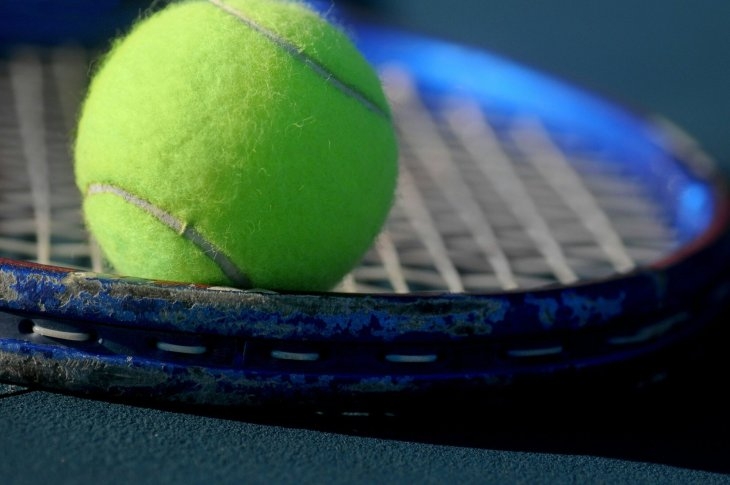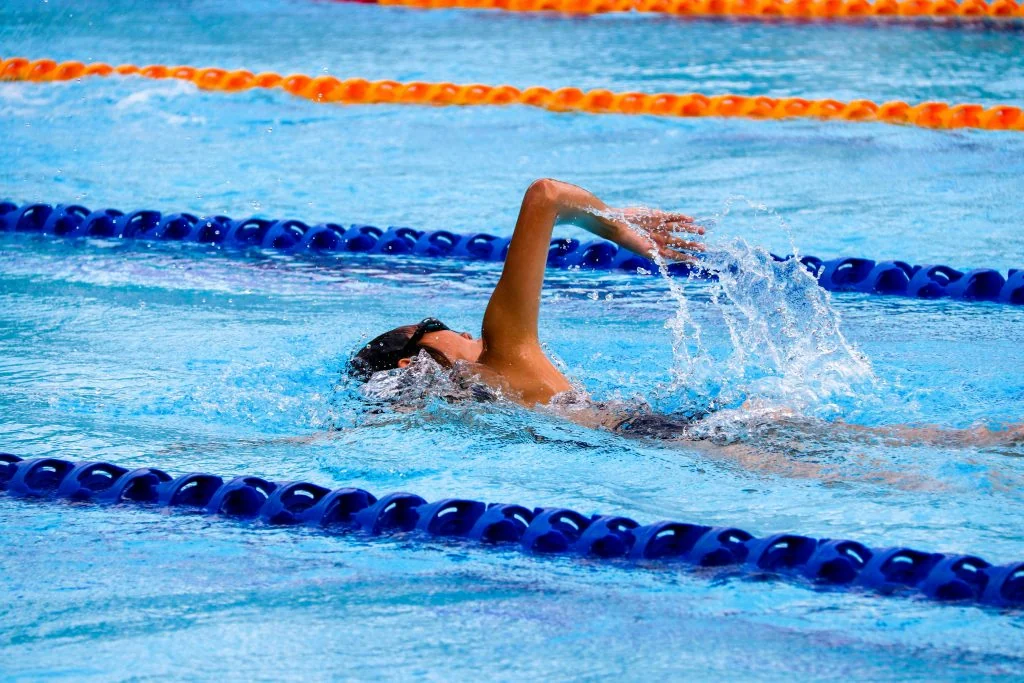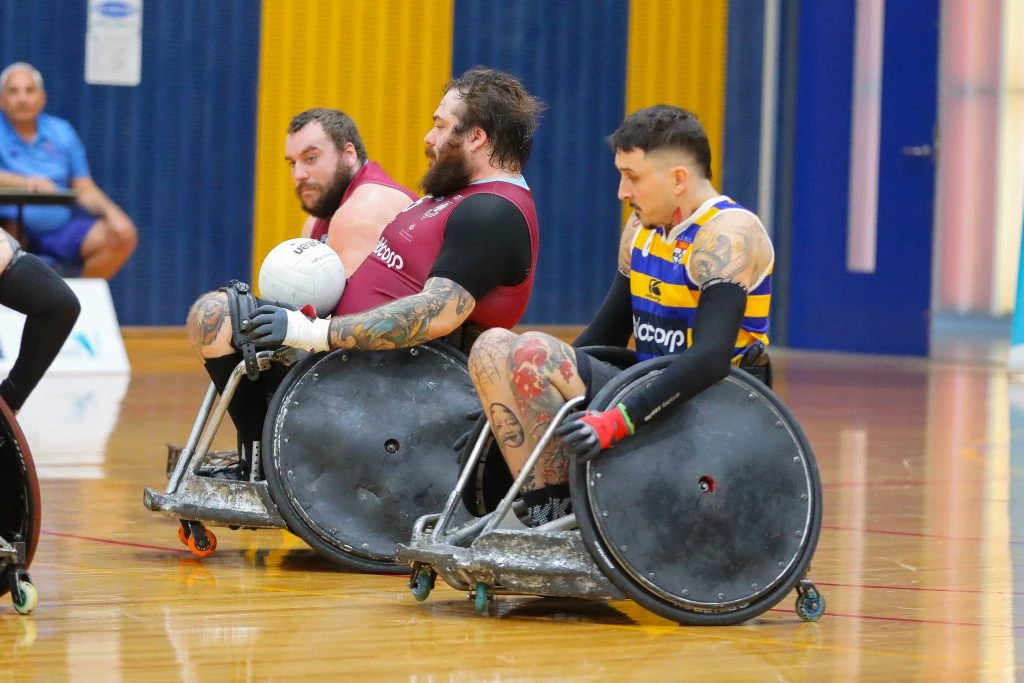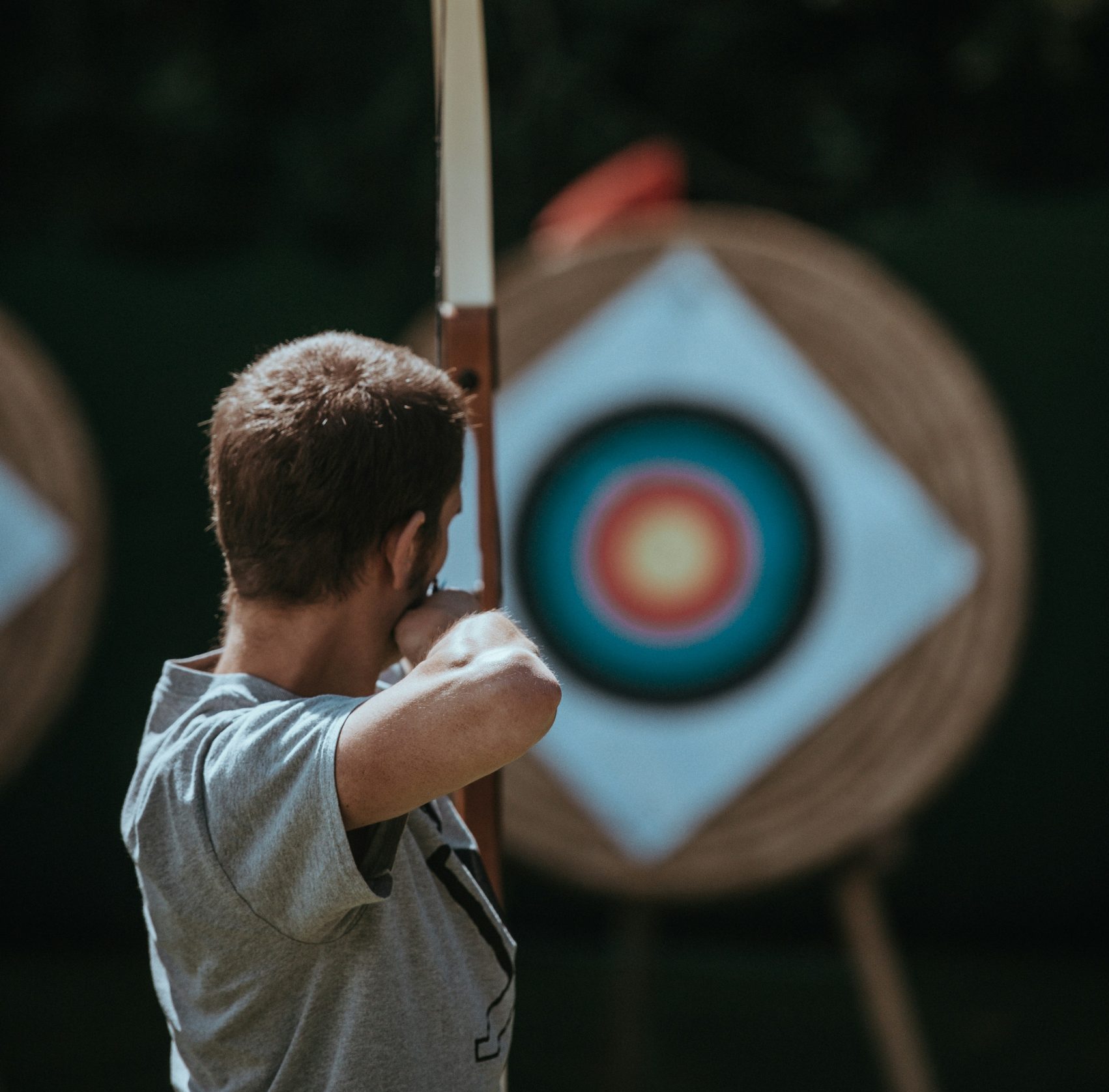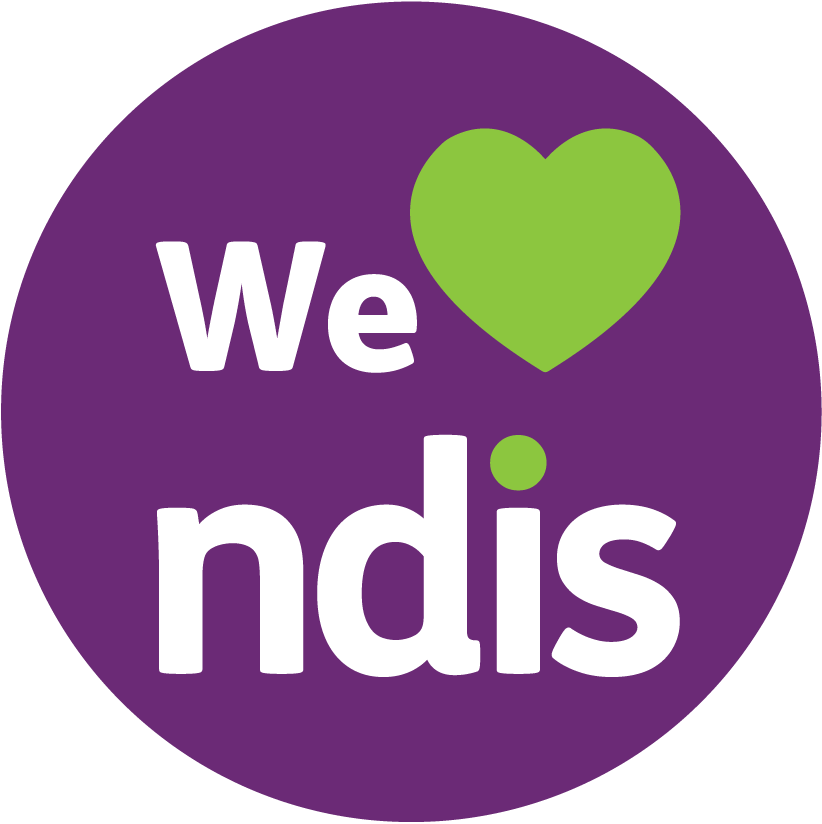The Paralympic Games stand as a remarkable celebration of human spirit, resilience, and athletic excellence. Paris 2024 promises to be a spectacular event, showcasing a wide array of Paralympic sports that push the limits of what the human body can achieve.
Enhanced Lifestyles’ staff are excited about the Paralympics! Support Coordination Team Leader Tara Wormald said,
“I will most definitely be watching! I love the wheelchair tennis, the wheelchair basketball and the swimming. Amazing what the athletes can do and the success they are able to achieve in their sports.”
From track and field events to team sports, the Paralympics offer a stage for athletes living with disabilities to demonstrate their prowess and determination. This blog will guide you through the different Paralympic sports featured in the Paris 2024 Games, providing insights into the unique aspects of each competition.
Athletics
Athletics is one of the most prominent and diverse sports in the Paralympic Games, encompassing a variety of events, including track races, field events, and road races. Athletes with similar abilities and characteristics are grouped together in various classifications, ensuring fair competition. These classifications are divided into categories for wheelchair racers, visually challenged runners, and those without certain limbs, among others. The spirit of athleticism shines through in events like the 100m dash, long jump, and shot put, where athletes display incredible speed, strength, and technique.
Key Highlights:
- T11-T13: Visually challenged athletes, often running with guides.
- T34: Wheelchair racing events, where athletes reach high speeds using specialised racing chairs.
Swimming
Swimming is another cornerstone of the Paralympic Games, known for its blend of endurance, speed, and technical skill. Swimmers are classified according to the nature of their disabilities, with categories including visually challenged, intellectual disabilities, and physical disabilities. Each event is a showcase of determination, as athletes propel themselves through the water, often overcoming significant physical challenges.
Key Highlights:
- S1-S10: Swimmers are ranked based on their physical abilities, from lowest to highest.
- S11-S13: Categories for visually challenged swimmers.
- S14: Classification for athletes with intellectual disabilities.
Wheelchair Basketball
Wheelchair basketball is one of the most popular team sports in the Paralympics, offering high-paced action and strategic depth. The sport follows similar rules to able-bodied basketball, with some adaptations for wheelchair play. Teams are classified based on the players’ functional abilities, and points are assigned accordingly to ensure balanced competition. The intensity of the game, the skilful manoeuvring of the wheelchairs, and the precision of the shooting make wheelchair basketball a thrilling spectator sport.
Key Highlights:
- Class 1.0 to 4.5: Classifications are based on players’ physical abilities, from lowest to highest.
Wheelchair Rugby
Known as “Murderball” due to its aggressive nature, wheelchair rugby is a contact sport that combines elements of rugby, basketball, and handball. Teams are made up of players with varying degrees of ability, primarily affecting their limbs. The sport is played on a basketball court with a volleyball, and the objective is to carry the ball across the opponent’s goal line. The game is fast paced, with players crashing into each other as they vie for possession, making it one of the most exciting sports to watch.
Key Highlights:
- Classification Points: Players are classified from 0.5 to 3.5 based on their functional ability, with each team allowed a total of 8 points on the court at any time.
Boccia
Boccia is a precision sport that has no counterpart in the Olympic Games, and it is designed specifically for athletes with severe physical disabilities, such as cerebral palsy. The game is played with soft leather balls, with the goal of placing the ball as close as possible to a white target ball, known as the jack. Boccia is a game of strategy, skill, and concentration, requiring athletes to carefully plan and execute their moves.
Key Highlights:
- BC1 to BC4: Classification is based on the athletes’ functional abilities, from lowest to highest.
Goalball
Goalball is a team sport specifically designed for visually challenged athletes. The game is played on a court with goals at each end, and the objective is to throw a ball with bells inside into the opponent’s goal while defending your own. Players rely on their sense of hearing and spatial awareness to block shots and make accurate throws. Goalball is a unique sport that emphasises teamwork, communication, and sensory skills.
Key Highlights:
- Blindfolds: All players, regardless of their level of vision, wear blindfolds to ensure an equal playing field.
Para-Cycling
Para-cycling includes both road and track events, with athletes competing on handcycles, tandem bikes (for visually challenged athletes with a sighted pilot), and tricycles, depending on their classification. The sport tests endurance, speed, and tactical acumen, as cyclists navigate challenging courses and vie for podium finishes. Para-cycling offers a thrilling spectacle of racing, where the differences in equipment and classification add layers of strategy to the competition.
Key Highlights:
- H1 to H5: Handcycle classifications rank players based on their functional abilities, from lowest to highest.
- T1 to T2: Tricycle classifications for athletes with balance issues.
Sitting Volleyball
Sitting volleyball is a fast-paced version of volleyball, played by athletes with physical disabilities. The court is smaller, and the net is lower than in the standing version of the game. Players must keep at least one part of their torso in contact with the floor when playing the ball, adding a unique challenge to the sport. The game demands quick reflexes, powerful spikes, and excellent teamwork, making it an exhilarating sport to watch.
Key Highlights:
- Classification: Players are classified based on their functional abilities, with the aim of creating balanced teams.
Para-Triathlon
The para-triathlon is a multi-discipline event that includes swimming, cycling, and running, adapted for athletes with physical disabilities. Athletes compete in different classifications based on their disabilities, using specialised equipment like handcycles and racing wheelchairs. The para-triathlon tests the endurance, speed, and versatility of athletes across three demanding disciplines, making it one of the most challenging and rewarding sports in the Paralympics.
Key Highlights:
- PTWC, PTS2 to PTS5: Classifications range from wheelchair users (PTWC) to ambulant athletes with various disabilities (PTS2 to PTS5).
Para-Archery
Para-archery is a precision sport where athletes with physical disabilities use bows and arrows to hit targets from a distance. Competitors are classified based on their disabilities, with some athletes using assistive devices to hold and release the bow. The sport requires immense focus, control, and concentration, as athletes aim to hit the bullseye under the pressure of competition.
Key Highlights:
- W1, Open: Classifications for athletes in wheelchairs (W1) and those affected upper or lower limbs (Open).
Conclusion
The Paris 2024 Paralympic Games will showcase the incredible diversity and talent within the world of adaptive sports. Each sport offers its own unique challenges and highlights the extraordinary capabilities of athletes with disabilities. From the precision of boccia to the intensity of wheelchair rugby, the Paralympics are not just a celebration of athletic achievement but also a testament to the human spirit’s ability to overcome adversity and inspire millions around the world.
Whether you are a seasoned fan or new to the Paralympics, the Paris 2024 Games promise to be an unforgettable experience, filled with moments of triumph, courage, and sheer athletic excellence.

